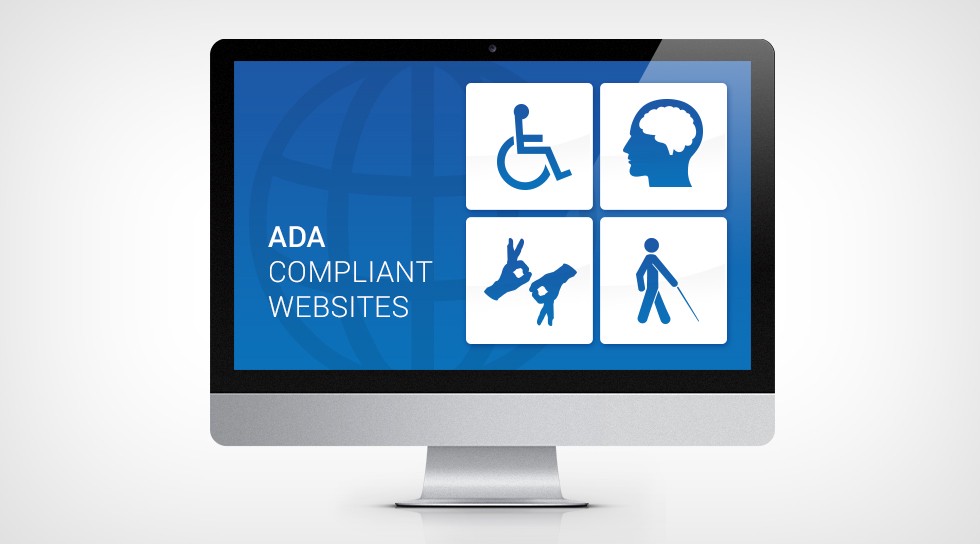
If you run a business, it’s important to ensure your website is ADA compliant. The Americans with Disabilities Act (ADA) affects businesses of all sizes, and if you’re not in compliance, you could face some serious penalties. This blog post will discuss seven steps that will help ensure your website is ADA compliant. We’ll also provide tips on making your website more accessible for everyone by using tools like accessiBe and others.
What is the ADA and how does it affect business websites?
The Americans with Disabilities Act (ADA) is a law passed in 1990. It prohibits discrimination against people with disabilities in all areas of public life, including education, employment, transportation, and more. The ADA also requires businesses to make reasonable accommodations for people with disabilities.
The ADA requires that all businesses make their websites accessible to people with disabilities when it comes to business websites. This means that your website must be navigable by people who are blind or have low vision, and it must be able to be used by people who are deaf or have hearing impairments.
There are a few different ways to make sure your website is accessible to people with disabilities. One way is to use tools like accessiBe, which automatically makes your website compliant with the ADA. Another way is to manually add features to your website to make it more accessible, such as adding alt text to images or providing transcripts for videos.
Seven steps to ensure your website is ADA compliant
You need to do several things to make sure your website is ADA compliant. Here are seven steps you can take:
Make it accessible to the seeing impaired
Ensure that your website can be navigated by people who are blind or have low vision. This can be done by adding features like alt text to images or providing transcripts for videos.
Make it accessible to the hearing impaired
Ensure that your website can be used by people who are deaf or have hearing impairments. This can be done by adding features like captions to videos or providing transcripts for audio content.
Make sure your website can be navigated without a mouse
Ensure that your website can be navigated without the use of a mouse. This can be done by adding keyboard navigation or using a screen reader.
Make sure your website can be resized
Ensure that your website can be resized to fit the needs of people with low vision. This can be done by using responsive design or providing a text-only version of your website.
Make sure your website can be navigated without difficulty
Ensure that your website can be navigated without difficulty. This can be done by avoiding drop-down menus and using simple, easy-to-understand navigation.
Make sure your content is accessible to everyone
Ensure that your content is accessible to everyone. This can be done by adding features like alt text to images or providing transcripts for videos.
Make sure your website loads quickly
Ensure that your website loads quickly. This can be done by optimizing your website’s code and using a content delivery network.

